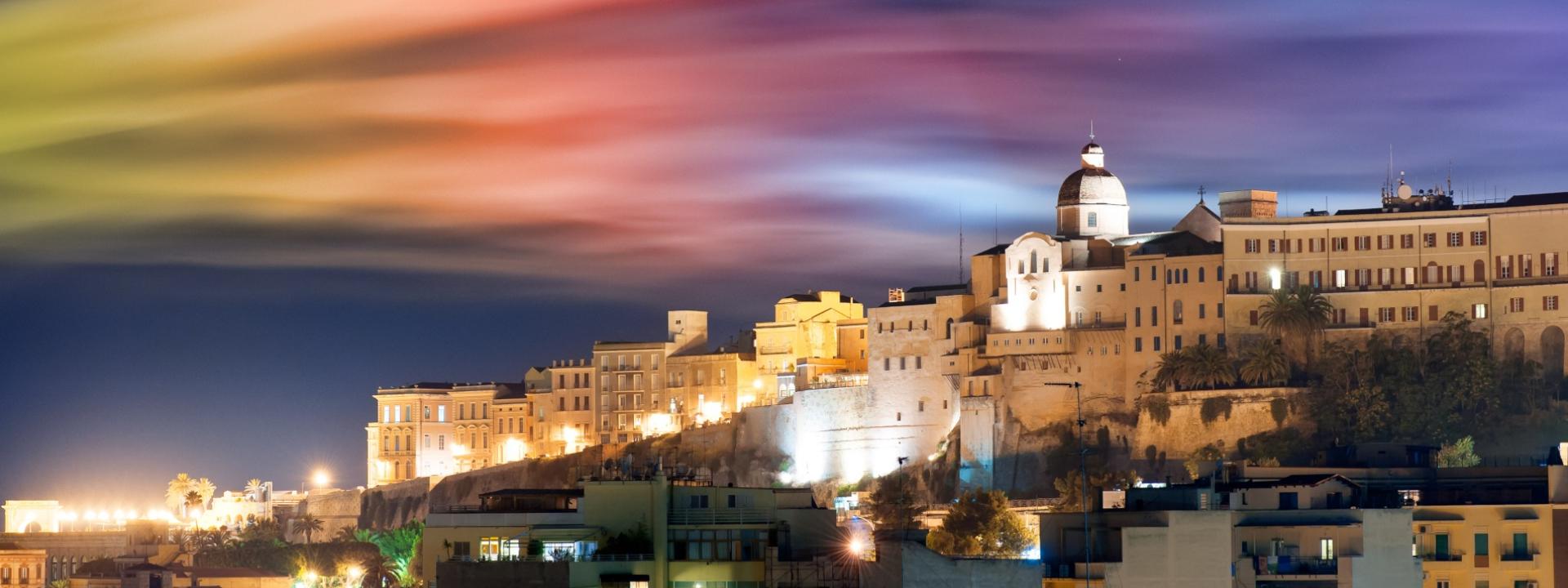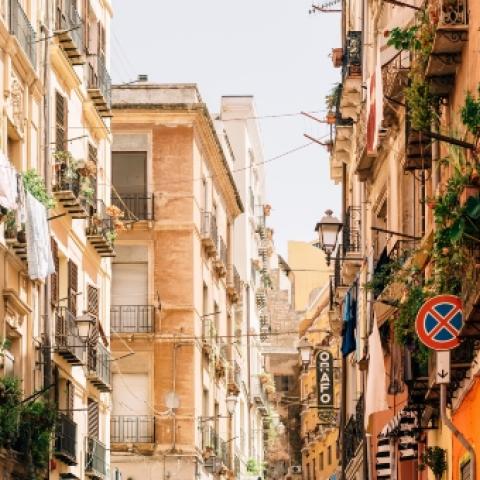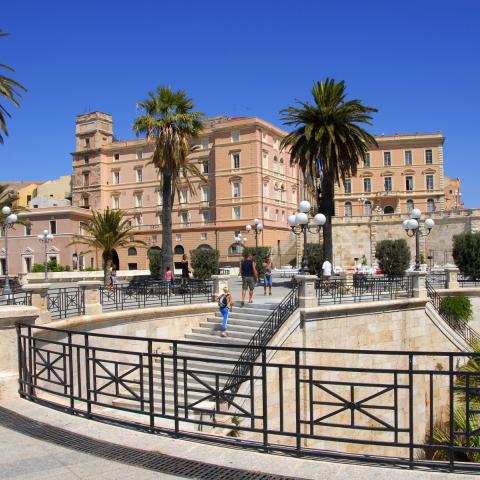Art & Culture
Cagliari, founded by the Phoenicians, over time was seized in turn by the Carthaginians, the Romans, the Vandals and the Byzantines. In the Middle Ages, it became the capital of one of the four "Giudicati" before more invading armies landed on the island’s shores: Pisans, Aragonese, Spanish, Piedmontese up until the unification of Italy. The layers of history and art left by these events and peoples are engraved on the city. The Tuvixeddu hill is famous for the most extensive Punic necropolis in the Mediterranean. The Roman age has left the Amphitheatre, the Viper’s Cave or the archaeological area of Sant’Eulalia. Lastly, don’t miss the Archaeological Museum, in the Citadel of Museums, for a fascinating journey through the ancient history of Sardinia.
The artwork and collections on display in Cagliari cover a very long time span reaching right to our days. At the farthest end of this timeline are the Archaeological Museum findings, including Neolithic stone statuettes of stylised geometrical female figures. But Cagliari also has fascinating modern artwork: in the porticoes of the Regional Assembly’s building in Via Roma stand the stone sculptures of Costantino Nivola, while the city’s two largest collections of 20th-century art are housed in the Municipal Art Gallery. Temporary exhibitions and shows are hosted by the city’s several cultural venues: Lazzaretto at Sant’Elia, the Exma in the downtown area, the Ghetto and the Former Town Hall (Palazzo di Città) in Castello and the Castle of San Michele. All important historical buildings, fitting scenarios for the works on show.



